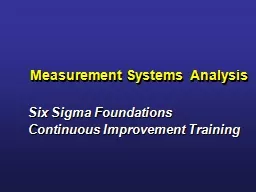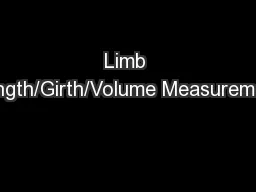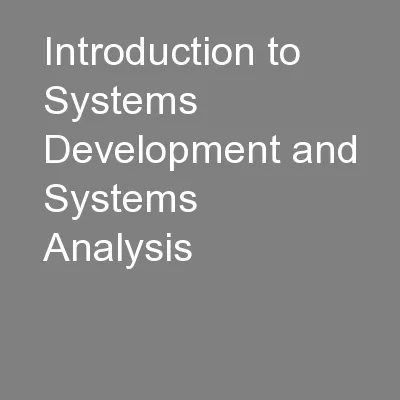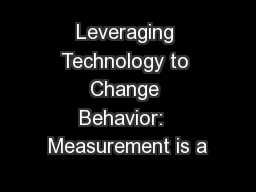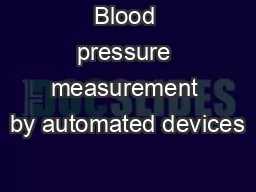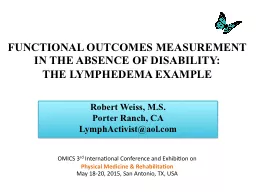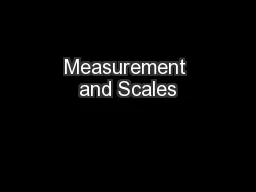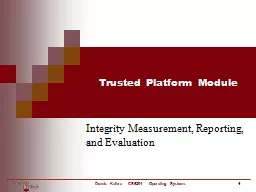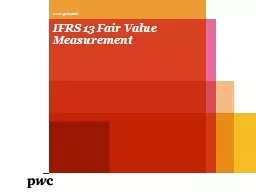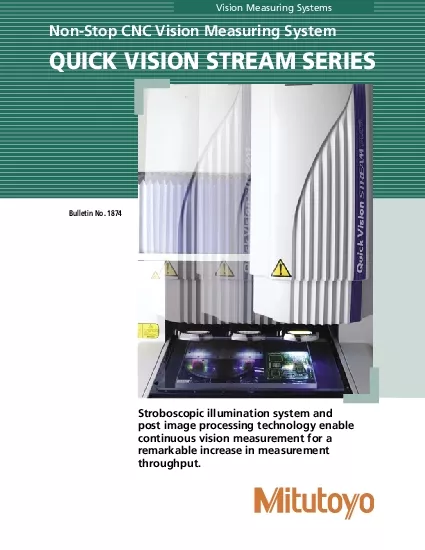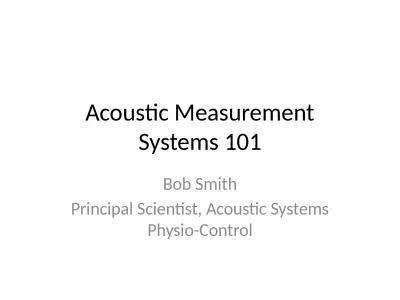PPT-Measurement Systems Analysis
Author : luanne-stotts | Published Date : 2017-10-07
Six Sigma Foundations Continuous Improvement Training Six Sigma Simplicity Key Learning Points Data Needs to be Verifiable Reliable Correct Stakeholders Believe
Presentation Embed Code
Download Presentation
Download Presentation The PPT/PDF document "Measurement Systems Analysis" is the property of its rightful owner. Permission is granted to download and print the materials on this website for personal, non-commercial use only, and to display it on your personal computer provided you do not modify the materials and that you retain all copyright notices contained in the materials. By downloading content from our website, you accept the terms of this agreement.
Measurement Systems Analysis: Transcript
Download Rules Of Document
"Measurement Systems Analysis"The content belongs to its owner. You may download and print it for personal use, without modification, and keep all copyright notices. By downloading, you agree to these terms.
Related Documents

